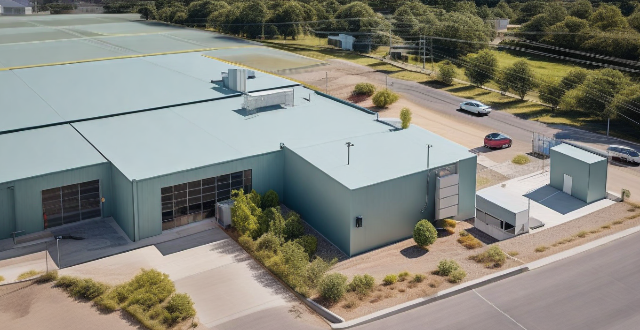Ensuring the safety and longevity of large-scale energy storage facilities requires proper design and planning, strict construction standards, comprehensive maintenance programs, advanced monitoring systems, robust security measures, and environmental considerations. These measures help minimize risks associated with energy storage and promote sustainable development of renewable energy sources.

How do we ensure the safety and longevity of large-scale energy storage facilities?
Ensuring the safety and longevity of large-scale energy storage facilities is crucial for the sustainable development of renewable energy sources. Here are some key measures that can be taken to achieve this goal:
1. Proper Design and Planning
* Site Selection: Choose a suitable location that minimizes environmental impact and reduces the risk of natural disasters.
* System Architecture: Design the storage system with redundancy, fail-safe mechanisms, and adequate ventilation to prevent overheating.
* Capacity Planning: Determine the appropriate size and capacity based on expected demand and usage patterns.
2. Strict Construction Standards
* Quality Materials: Use high-quality materials that can withstand extreme temperatures, pressure changes, and chemical reactions.
* Expert Installation: Hire experienced professionals who follow industry best practices during installation.
* Regular Inspections: Conduct regular inspections to identify any potential issues before they become major problems.
3. Comprehensive Maintenance Program
* Preventive Maintenance: Implement a preventive maintenance program to address minor issues before they escalate into significant concerns.
* Trained Personnel: Ensure that all personnel involved in maintenance activities are well-trained and understand the specific requirements of the storage facility.
* Replacement Parts: Keep a stock of replacement parts for critical components to minimize downtime due to repairs.
4. Advanced Monitoring Systems
* Sensor Networks: Deploy sensor networks to monitor temperature, pressure, humidity, and other critical parameters in real-time.
* Remote Monitoring: Utilize remote monitoring capabilities to detect anomalies and respond quickly to emerging issues.
* Data Analytics: Leverage data analytics tools to analyze trends and predict potential problems proactively.
5. Robust Security Measures
* Physical Security: Implement physical security measures such as fences, cameras, and access control systems to deter unauthorized access.
* Cybersecurity: Protect the storage facility's control systems from cyber threats by implementing firewalls, encryption protocols, and regular software updates.
* Emergency Response Plans: Develop comprehensive emergency response plans for various scenarios, including fires, leaks, and natural disasters.
6. Environmental Considerations
* Eco-Friendly Technologies: Incorporate eco-friendly technologies like solar panels or wind turbines to reduce reliance on non-renewable energy sources.
* Waste Management: Implement effective waste management strategies to minimize environmental impact and comply with local regulations.
* Community Engagement: Engage with local communities to address concerns and promote transparency regarding the facility's operations.
By following these guidelines, large-scale energy storage facilities can operate safely and reliably while contributing to the transition towards a more sustainable energy future.